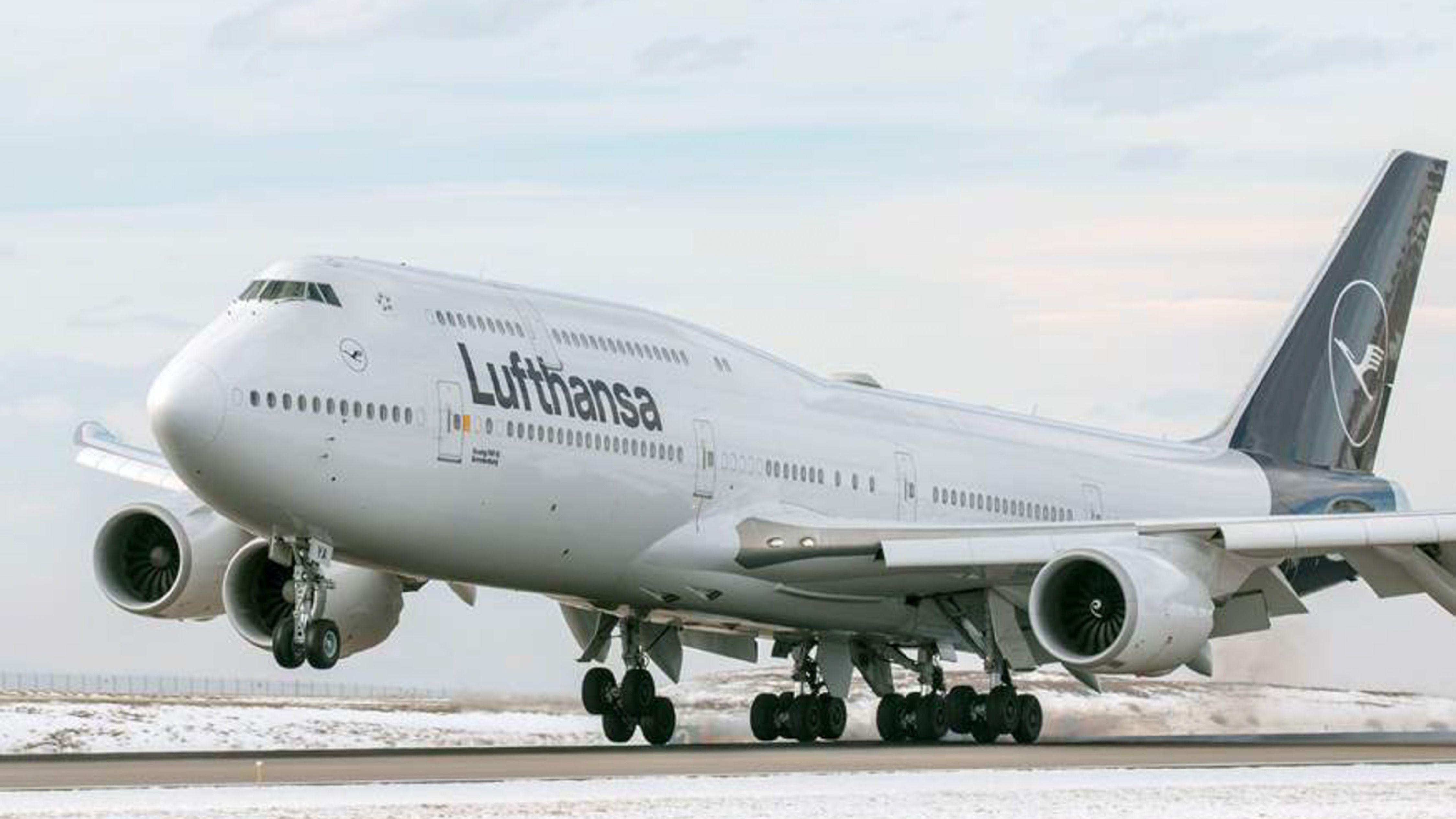As the sun sets on an era of aviation legends, the Boeing 747—once the queen of the skies—prepares for its final curtain call. This majestic aircraft, with its distinctive hump and global legacy, has connected continents and carried millions of passengers across vast oceans and continents. Now, in a bittersweet farewell, airlines are gradually retiring this iconic jumbo jet, marking the end of a remarkable chapter in commercial aviation history. From record-breaking long-haul routes to pioneering transoceanic travel, the Boeing 747’s final flights represent more than just a transportation milestone—they symbolize the evolution of global connectivity and human engineering marvel. As the sun sets on an aviation era, the Boeing 747 prepares to make its final bow in passenger service. Once the queen of the skies, this four-engine marvel has connected continents and shaped global travel for decades, but its reign is drawing to a close.
Currently, only a handful of airlines continue to operate passenger 747s, with routes becoming increasingly rare. Lufthansa remains one of the most notable carriers maintaining the aircraft, operating several across long-haul routes in Europe and international destinations. Their commitment to the jumbo jet represents a nostalgic connection to aviation history.
The longest passenger route for the 747 historically traversed vast oceanic expanses, connecting distant continents with remarkable efficiency. These epic journeys often spanned over 14 hours, showcasing the aircraft’s incredible range and engineering prowess. Passengers would experience multiple time zones and incredible distances while suspended above the earth in this engineering marvel.
Korean Air and Air China have also maintained 747 passenger services, though their fleets continue to shrink as more fuel-efficient twin-engine aircraft replace the iconic quadjet. The gradual phase-out reflects broader industry trends toward more economical and environmentally friendly transportation technologies.
Modern aviation economics have fundamentally transformed how airlines approach long-haul routes. Smaller, more efficient twin-engine aircraft like the Boeing 787 and Airbus A350 now dominate international travel, offering lower operational costs and improved fuel consumption. These newer planes can accomplish similar routes with significantly reduced expenses.
The 747’s legacy extends far beyond mere transportation. It revolutionized global connectivity, making intercontinental travel accessible and transforming cultural exchanges. From diplomatic missions to global commerce, the aircraft played a critical role in connecting disparate parts of the world.
Enthusiasts and aviation historians continue to celebrate the Boeing 747’s remarkable journey. Museums and preservation efforts ensure that future generations can appreciate this groundbreaking design that fundamentally reshaped human mobility.
As passenger services wind down, cargo operations remain a significant realm where the 747 continues to thrive. Cargo airlines recognize the aircraft’s substantial payload capacity and durability, ensuring its continued relevance in global logistics networks.
The final chapters of passenger 747 service represent more than a technological transition. They symbolize an evolving global transportation landscape, where innovation and efficiency increasingly define the future of international travel.